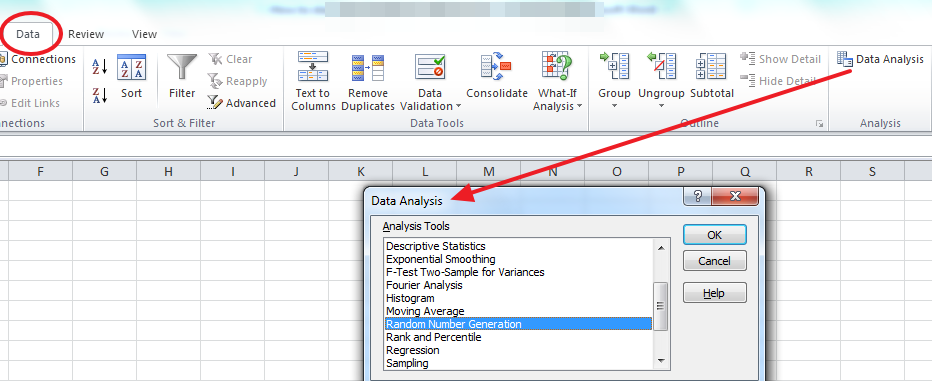

To use the Real Statistics data analysis tool, enter Ctrl-m and select the Descriptive Statistics and Normality option. A dialog box will now appear as shown in Figure 4. The output from the Excel Descriptive Statistics data analysis tool is given on the right side of Figure 3.

Thus whenever the input data values change, the output values will change automatically as well.īoth Excel’s Descriptive Statistics and the Real Statistics Descriptive Statistics and Normality data analysis tools allow you to report on multiple sets of data at the same time, as shown in the following example.Įxample 2 – Use Excel’s Descriptive Statistics data analysis tool as well as the Real Statistics Descriptive Statistics and Normality data analysis tool to show the descriptive statistics for the two samples on the left side of Figure 3.įigure 3 – Excel’s Descriptive Statistics data analysis

But instead of just generating the numerical value of each statistic, as is in Excel’s Descriptive Statistics data analysis tool, the Real Statistics tool outputs the appropriate Excel formula for computing each statistic (see Figure 4 below).
Where is the data analysis button in excel for mac plus#
Real Statistics Data Analysis Tool: The Real Statistics Resource Pack provides the supplemental Descriptive Statistics and Normality data analysis tool which outputs the above statistics plus GEOMEAN, HARMEAN, MAD, AAD and IQR. The option Confidence Interval for Mean option generates a confidence interval using the t distribution as explained in One Sample t Test. Similarly, checking the Kth Smallest checkbox outputs SMALL(A4:A14, k). Note that if we had also checked the Kth Largest checkbox, the output would also contain the value for LARGE(A4:A14, k) where k is the number we insert in the box to the right of the label Kth Largest. Finally, click on the Summary statistics checkbox and press the OK button. Since we want the output to start in cell C3, click the Output Range radio button and insert C3 (or click on cell C3). The Quick Analysis tool button appears at the bottom right of your selected data. To access Quick Access tool, select the cells that contain the data you want to analyze. You can use Quick Analysis with a range or a table of data. If you include the heading, as is done here, check Labels in first row. In Microsoft Excel 2013, the Quick Analysis tool makes it possible to analyze your data quickly and easily using different Excel tools. Now click on Input Range and highlight the scores in column A (i.e. A dialog box appears as in Figure 2.įigure 2 – Dialog box for Excel’s data analysis tool To use the tool, select Data > Analysis|Data Analysis and choose the Descriptive Statistics option. The output from the tool is shown in the right side of Figure 1. Excel provides a data analysis tool called Descriptive Statistics which produces a summary of the key statistics for a data set.Įxample 1: Provide a table of the most common descriptive statistics for the scores in column A of Figure 1.įigure 1 – Output from Descriptive Statistics data analysis tool


 0 kommentar(er)
0 kommentar(er)
